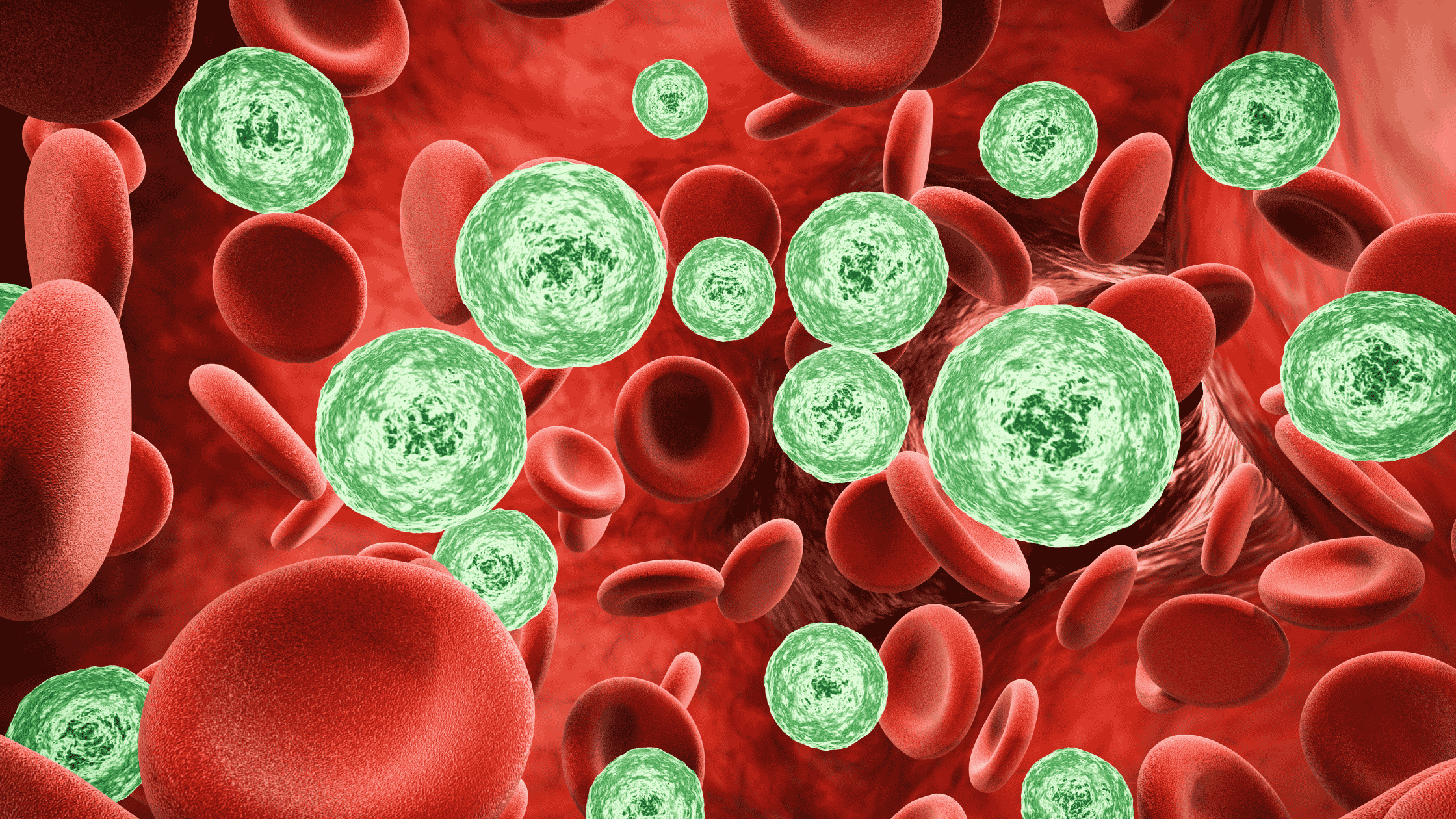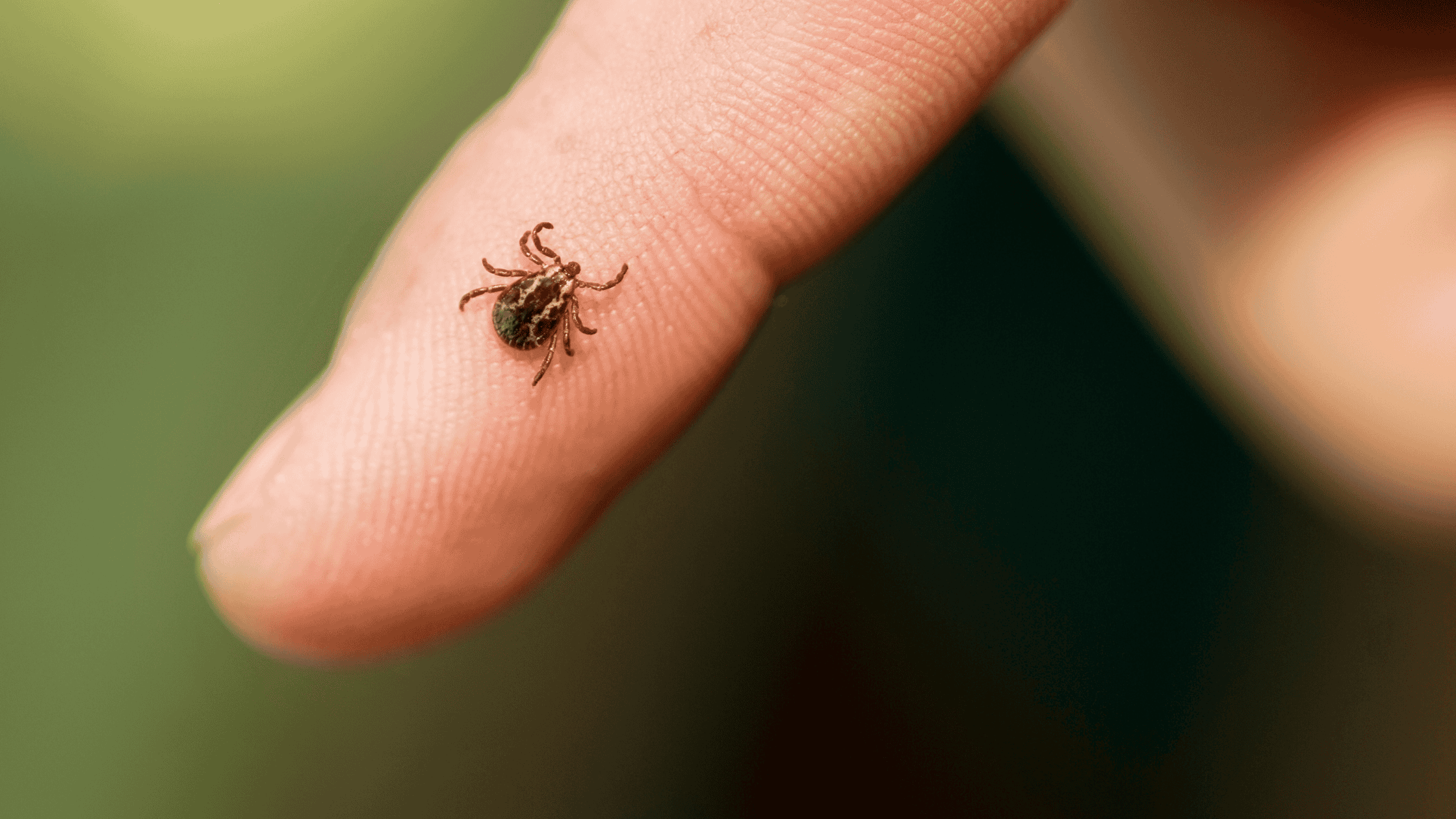
What Is Bartonella and How Does It Impact Your Health!?
Bartonella isn’t always top of mind when talking about chronic health issues, but maybe it should be. This stealthy group of bacteria can impact the body in ways that are anything but obvious . If you’ve ever wondered what is Bartonella or where it comes from, especially Bartonella from ticks, you’re not alone.
In this blog, we’re unpacking what Bartonella is and how people are exposed to it. We’ll also cover what kinds of health challenges it’s connected to, how it shows up in the body, how it’s tested, and how to support the body using a functional approach.
What Is Bartonella?
Bartonella is a genus of bacteria with dozens of identified species, several of which are known or suspected to contribute to human illness.
Some of the better-studied human-associated species include:
- Bartonella henselae – cat scratch disease
- Bartonella quintana – trench fever
- Bartonella bacilliformis – Carrion’s disease
- Bartonella koehlerae, B. vinsonii, B. elizabethae, and B. rochalimae –also implicated in human illness, though less well understood.

What makes Bartonella especially tricky is how it behaves. It hides inside red blood cells and the lining of blood vessels (endothelial cells), which helps it dodge the Immune System and makes detection extremely difficult. Some researchers have also noted its potential involvement in small vessel disease and neuroinflammation, though these connections are still being actively studied.
Because it hides so well and often produces vague, overlapping symptoms, Bartonella can be missed in traditional medical settings.
How Do People Get Bartonella?
Bartonella is considered a zoonotic infection, meaning it’s transmitted from animals to humans, but not all animals that carry it pass it to people.
Infection typically involves a vector, like a flea, louse, or tick. However, not every combination of host, vector, and Bartonella strain leads to human illness.
Here are some known transmission routes:
- Fleas: Common with B. henselae. Cats get infected from flea bites, and humans may be exposed through scratches or bites contaminated with flea feces.
- Body Lice: B. quintana, the bacterium responsible for trench fever, is spread through body lice—once a serious issue for soldiers and still seen in crowded or unsanitary environments.
- Sand Flies: In parts of South America, B. bacilliformis is transmitted by sand flies and causes Carrion’s disease—a serious condition affecting red blood cells and blood vessels.
- Rodents and Rodent Fleas: Rodents carry several Bartonella strains. Human infection can result from fleas that feed on infected rodents or possibly from scratches or bites; fewer of these rodent-related species are confirmed in humans.
- Ticks: Bartonella from ticks is a growing concern. Bartonella DNA has been identified in several tick species, including Ixodes scapularis (deer tick) and Rhipicephalus sanguineus (brown dog tick).
Many mammals, cats, dogs, rodents, rabbits, and bats can harbor Bartonella, but the infection risk for humans depends on the strain, the animal, and whether there’s a suitable vector. So, not every Bartonella-positive animal poses the same risk.
Why Bartonella Symptoms Don’t Always Fit a Pattern
Bartonella symptoms can be wildly unpredictable. Some people just feel vaguely unwell, while others experience intense, multi-system symptoms that ebb and flow. Not everyone is affected the same way. Some individuals can carry the bacteria without any noticeable symptoms, while others are significantly impacted.
Why the variation? A few reasons
- There are multiple Bartonella species, and each behaves a bit differently.
- Your Immune System plays a role—some people stay asymptomatic, while others feel completely overwhelmed.
- It often shows up alongside other infections, especially Lyme, amplifying symptoms and complicating recovery.
The umbrella term for Bartonella infections in humans is bartonellosis, which can range from mild to severe.
Some of the more common Bartonella symptoms include:
- Fatigue that won’t go away
- Low-grade or cycling fevers
- Tingling, nerve pain, headaches, dizziness, or memory issues
- Muscle and joint pain
- Skin issues, such as:
– Striae-like lesions (not weight-related stretch marks)
– Angiomatous papules (small red bumps in more serious cases)
– Fluctuating red rashes or splotches, especially during flares
- Swollen lymph nodes (especially after a scratch or bite)
- Eye issues like blurry vision or eye pain
- Mood changes, irritability, anxiety
But of course, different species cause different problems:
- Bartonella henselae is linked to cat scratch disease and swollen lymph nodes.
- Bartonella quintana (trench fever) often involves leg pain and recurring fevers.
- Bartonella bacilliformis can cause severe blood-related issues and later skin eruptions.
Most Bartonella-associated infections that occur in North America and Europe are caused by B. henselae or B. quintana.

Can You Get Bartonella from Ticks?
While the CDC doesn’t officially list Bartonella as a tickborne disease, that doesn’t rule it out.
Bartonella species are often mentioned alongside Lyme disease, especially when symptoms linger or are atypical. While it isn’t officially classified as a tick-borne infection, Bartonella from ticks is still gaining attention in the functional medicine and research communities.
According to lymedisease.org:
“People with tick bites and no known exposure to cats have acquired the disease. People who recall being bitten by ticks have been co-infected with the Lyme spirochete and Bartonella.”
Why does that matter? Because co-infections can complicate the picture:
- Overlapping & Intensified Symptoms: Bartonella and Lyme can both impact the Nervous System and mood, making symptoms stronger or more confusing when combined.
- Different Tissue Targets: Borrelia (Lyme) tends to affect connective tissues, while Bartonella zeroes in on blood vessels, the skin, and the brain.
- Immune Confusion: Bartonella’s ability to hide inside cells makes it hard to fight. When paired with Lyme, it may increase Immune System dysfunction.
- Mental Health & Neurological Effects: Bartonella has been linked to neuroinflammation, mood swings, anxiety, and even seizure activity in some individuals. These effects may stem from small-vessel inflammation (vasculitis).
Testing for Bartonella
Testing can offer insight, but there’s no perfect method. Bartonella’s stealth tactics mean timing and method matter a lot—and even then, results can be elusive. That doesn’t mean testing isn’t worth doing; it just means the results need thoughtful interpretation.
Most traditional Bartonella testing focuses on either antibodies, bacterial DNA, or cultures.
There are also specialty testing facilities that offer panels that include Bartonella as part of a broader look at tick-borne and co-infections.
Bioenergetic testing isn’t diagnostic, but it can show where the body is energetically stressed and if Bartonella’s frequency pattern is present.
Why Bartonella Can Be Tricky to Detect
Bartonella has a talent for flying under the radar. It prefers to reside in places like red blood cells, blood vessel linings, and even the Nervous System—locations that don’t always give up their secrets easily. On top of that, Bartonella can form biofilms: protective layers that make it harder to detect and harder to clear.
Want to learn more about biofilms? Check out our blog: Remove Biofilm: Your Key to Effective Detox.

A Functional Approach to Bartonella Support
Functional support for Bartonella isn’t just about killing bugs—it’s about strengthening the body’s environment so it can naturally restore balance. Support typically includes multiple layers.
Bioenergetic links to the energetic toxin of Bartonella
- Integumentary system: Rashes, vasculitis, and erythema multiforme may be connected to stress in the Integumentary System.
- Nervous System: This organism can stress the brain, causing fatigue and cognitive issues due to its affinity for endothelial cells (those that line blood vessels).
- Cellular Metabolism: Bartonella can move into cells, and they like human CD34+ hematopoietic progenitor cells, which are involved in red blood cell creation, and in bone marrow.
- Locomotor: There can be pain in muscles and bones, as well as in the shin, back, and neck.
Herbs
- Japanese Knotweed: Widely referenced for its support of vascular integrity and inflammatory modulation.
- Houttuynia: A staple in many Bartonella-supportive protocols; often paired with other herbs.
- Isatis and Scutellaria (Chinese Skullcap): Used in traditional formulas to support microbial balance.
- Cryptolepis: Known for its broad-spectrum microbial support.
These herbs have been used historically in various systems of traditional medicine and are often included in modern functional protocols to support the body’s natural defenses.
Nutrients and Supplements
- CoQ10 may support mitochondrial function and vascular health, which can be stressed by Bartonella.
- Liposomal glutathione, NAC, and ALA (alpha-lipoic acid) are often used to help support detox pathways.
- Magnesium, vitamin C, and B vitamins can support the Nervous System and energy metabolism, especially when stress and fatigue are present.
- Biofilm Support: Enzymes like nattokinase or serrapeptase, as well as botanicals, are used to break down protective biofilms.
Whole-Body Lifestyle Support
- Hydration & Lymph Flow: Dry brushing, castor oil packs, and light movement.
- Prioritizing Rest: Sleep supports detox and immune regulation.
- Anti-Inflammatory Diet: Whole, colorful foods help reduce internal stress.
- Emotional & Energetic Support: Journaling, EFT, and vagus nerve work.
- Detox Pathway Support: Infrared sauna, binders, and drainage herbs help ease Herx reactions or die-off symptoms
Bartonella is one of many factors that can place stress on the body. It doesn’t always present the same way for everyone, and its effects can shift depending on what else is going on in the system. Gaining a clearer understanding of how it interacts with different areas of the body allows for a more informed approach to support.
As with many stealth organisms that affect the body, they can come in groups, sometimes called co-infections. This is common with those who have Lyme. There can be multiple Lyme co-infections that stress the body and make it difficult to feel well. Bioenergetic testing can be an effective partner in slowly supporting the energetic body, system by system, to ease the stress on the physical body. We recommend the Full Scan for a holistic body approach, or the Brain Scan if you are concerned specifically about your Nervous System.
DISCLAIMER: Balanced Health, LLC/CBH Energetics and any parent, subsidiary, affiliated or related entities and companies do not provide medical advice or services. This post and the bioenergetic products and services offered by Balanced Health, LLC/CBH Energetics including, but not limited to, bioenergetic tests, bioenergetic scans, bioenergetic reports and related products and services (collectively the “Bioenergetic Products and Services”) are designed for educational and informational purposes only and are not intended to diagnose, treat, cure, or prevent any disease, condition, complaint, illness or medical condition and are not a substitute for professional services or medical advice. Testing is not used for the purpose of obtaining information for the diagnosis, prevention, or treatment of disease or the assessment of a health condition or for identification purposes.
